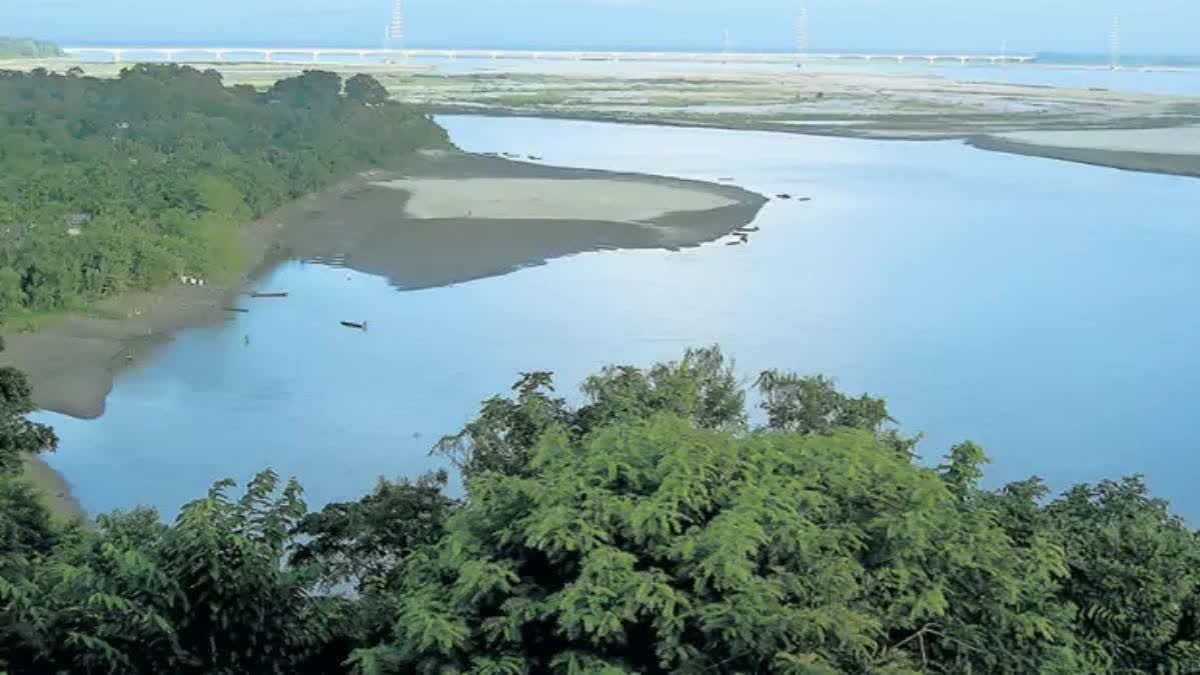New Delhi:With India taking up the issue of construction of a mega dam on the Yarlung Zangbo River in Tibet, known as the Brahmaputra in India, with China, the possible implications of a massive hydropower project on what is the world's highest major river have come into focus.
"As a lower riparian state with established user rights to the waters of the river, we have consistently expressed, through expert level as well as diplomatic channels, our views and concerns to the Chinese side over mega projects on rivers in their territory," External Affairs Ministry spokesperson Randhir Jaiswal said during his regular media briefing here on Friday.
"These have been reiterated along with the need for transparency and consultation with downstream countries following the latest report," Jaiswal stated. "The Chinese side has been urged to ensure that the interests of downstream states of the Brahmaputra are not harmed by activities in upstream areas. We will continue to monitor and take necessary measures to protect our interests."
Last month, the Chinese government approved the construction of the dam on the lower reaches of the Yarlung Zangbo River, state-run Xinhua news agency reported citing an official statement. The dam, to be built at a cost of $137 billion, is expected to be the world's largest hydroelectric project when completed and will produce nearly 300 billion kilowatt-hours (kWh) of electricity annually. That means it will generate three times the power of the Three Gorges Dam on the Yangtze River, also in China, which is currently the world's largest hydroelectric project.
Though the massive project was included in China's 14th five-year plan from 2021 to 2025, it was only on December 25 last year that Beijing approved its construction sparking concerns among experts in India and Bangladesh, countries through which the Brahmaputra flows.
China claims that by building the mega dam on the Yarlung Zangbo River, it will achieve net carbon neutrality by 2060. Chinese foreign ministry spokesperson Mao Ning said that China's hydropower development in the lower reaches of the Yarlung Zangbo River "aims to speed up developing clean energy, and respond to climate change and extreme hydrological disasters".
The river originates at Angsi Glacier in western Tibet, southeast of Mount Kailash and Lake Manasarovar. It later forms the South Tibet Valley and Yarlung Tsangpo Grand Canyon and then enters Arunachal Pradesh in India, where it is known as Siang. The river becomes far wider from Arunachal Pradesh. Once the river reaches Assam, it is joined by the Dibang and Lohit tributaries and is known as the Brahmaputra. From Assam, the Brahmaputra flows into Bangladesh.
